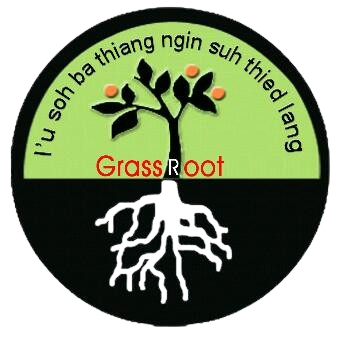NAME OF PROJECT: Strengthening Women’s Voices in Land Resources Governance
GENERAL OBJECTIVES: Recognizing and securing Indigenous women’s land and resources rights
AREAS OF APPLICATION: WEST KHASI HILLS AND KOHIMA, NAGALAND
SUPPORTED BY: AYNI (https://fimi-iiwf.org/ayni-fund/)
ABOUT THE PROJECT: The project areas we are looking to work in are areas that are inhabited by the indigenous communities of the Khasis, Jaintia, and the Garo. This is a matrilineal community where lineage from the mother; an indigenous custom that is followed since time immemorial. In this context, however, the decision-making at the political and household level lies with the male member. These also include decisions on the land and other natural resources. Another extended area we are looking to work in is Nagaland, a state inhabited by the Naga indigenous community. This is a total patriarchal system of governance system at all levels. Women are neither the decision-makers nor the manager of resources. We are looking at two categories of traditional customs but so similar in the context of local and political governance.
In both Nagaland and Meghalaya, the state is 70% agrarian and in both cases, the women are members of the communities who contributes to the agricultural production of the work they do, however, the market and resource management are again governed by the male members of the community.
Land, Forest, and all in it is a common resource under community-based governance, customary laws, and cultural values rooted in traditional knowledge and beliefs. Although women do not play any role in the decision-making processes, they intricately are the managers of the resources vis a vis livelihood and food security. The juxtaposed concepts in all of these are:
1. The struggles of women are made invisible by the ways of not allowing them to be in the governance institution.
2. The traditional practices and policies development do not reflect any mention of Indigenous women as being an equal partner in resources management.
3. As much as there are prayers being offered by the Indigenous people to the gods of nature, we rarely see a woman ‘chaman’ (priest) in the context of North Eastern Region except for in Sikkim.
4. That Indigenous Women with spiritual knowledge and wisdom as same as men are not as accepted as our male counterpart. The platform is in fact being shadowed.
We aim to work through the phase of the project alongside the Women Self Help Groups existing in the area/s, Women’s local groups, and the traditional governance system of the area to better understand the situation from both a male and female perspective.

